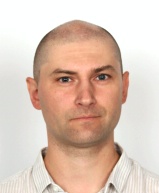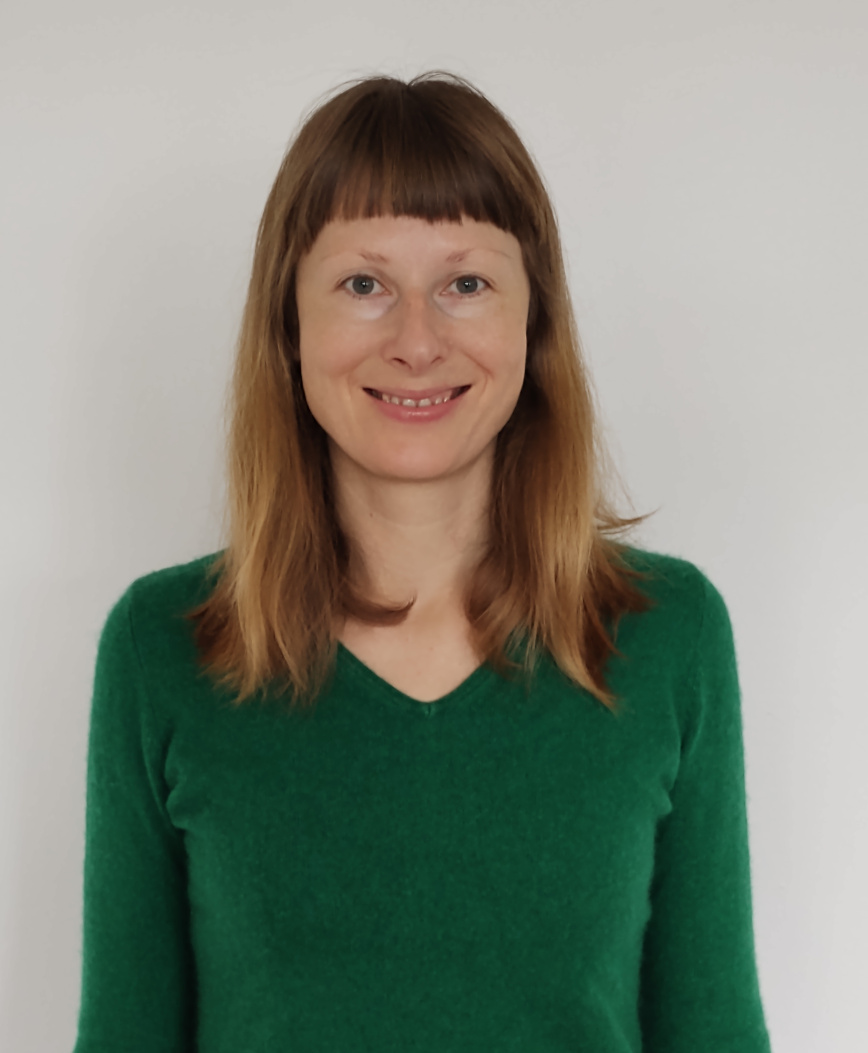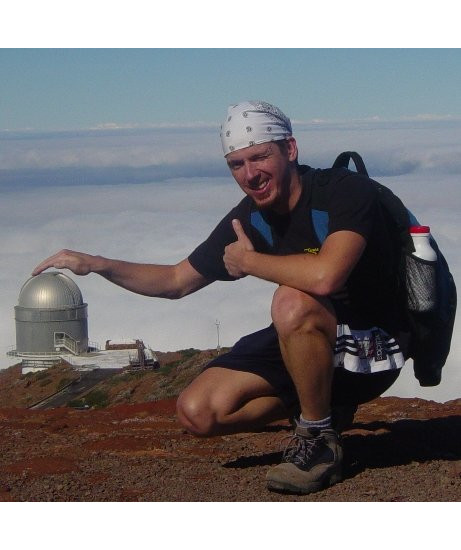MEMBERS
Senior Researchers
Petr is the leader of the exoplanet group at AI ASCR. He worked as a postdoctoral fellow and as a staff astronomer at ESO Paranal Observatory for nearly 6 years. He graduated at DLR Berlin, Germany, in 2009. His field of interest is detection and characterization of exoplanetary atmospheres. He was involved in the BEST II project. Currently, he coordinates a radial velocity follow-up with Ondřejov echelle spectrograph (OES) at Perek 2-m telescope.
Marek is a senior postdoc at AI CAS. After obtaining his PhD at Masaryk University in Brno, CZ, he spent two years at Konkoly Observatory, Hungarian Academy of Sciences, Budapest, HU. His expertise are stellar pulsations, binary stars with pulsating component, and time-series analysis. Currently he works on spectroscopic follow-up observations of exoplanetary candidates.
Marie is a research scientist. After her studies at the Charles University in Prague, she worked as a postdoc in Thueringer Landessternwarte Tautenburg. Then she spent over ten years at La Palma in Spain working for the Isaac Newton Group of Telescopes and the Major Atmospheric Gamma Imaging Cherenkov. Her research is devoted to study extrasolar planets. Among her interests are high resolution spectroscopy, accurate stellar radial velocity measurements, detection and characterisation of extrasolar planets and stellar oscillations of red giant stars.
Raine is a research scientist. He studied in the University of Oulu, Finland. After that he moved to La Palma, Spain, and worked for more than two years as a staff astronomer at the Nordic Optical Telescope, and for more than ten years as a support astronomer at Isaac Newton Group. His research interest is exoplanets. The main method is radial velocities which means using high resolution spectroscopy. He is looking for planets and brown dwarfs around giant stars.



